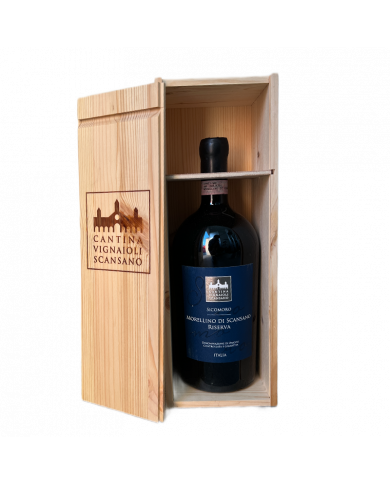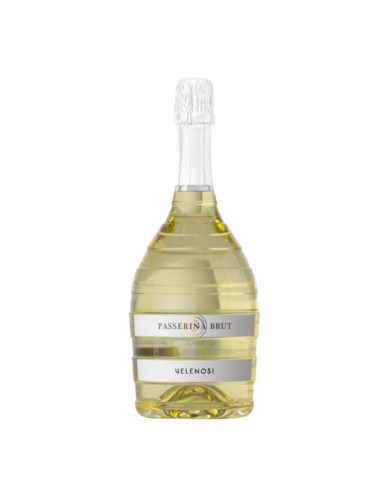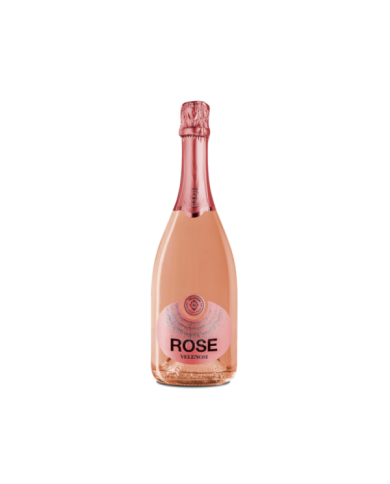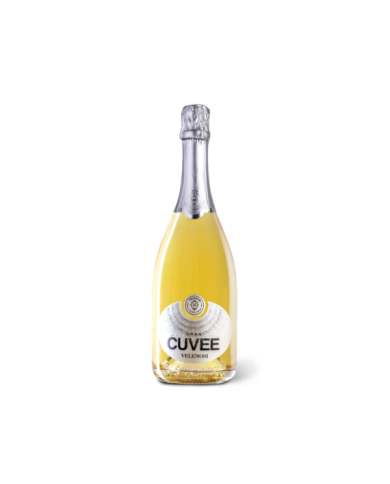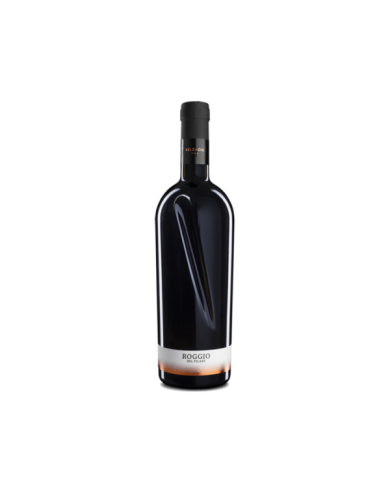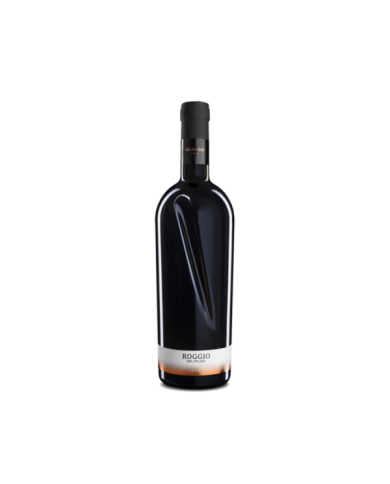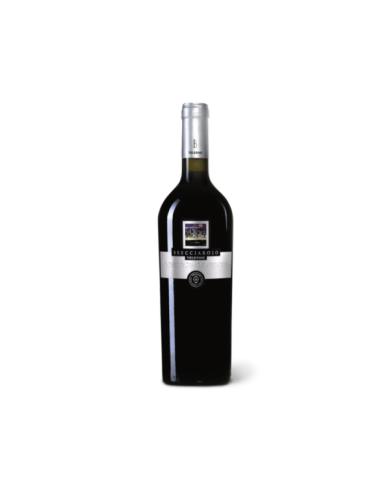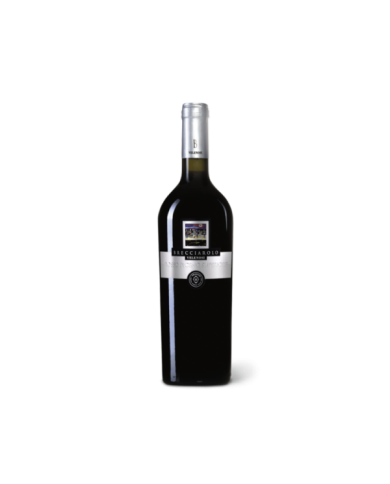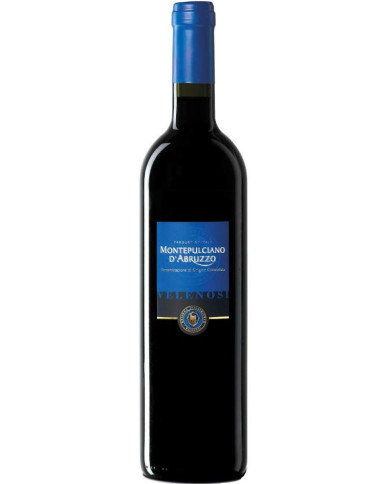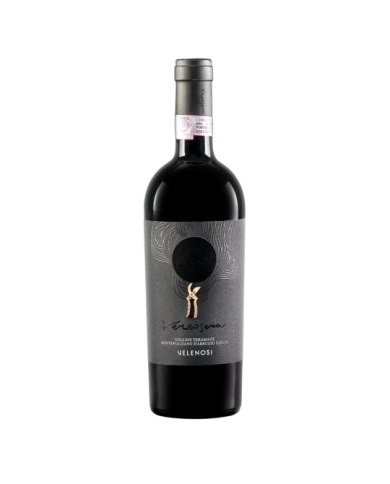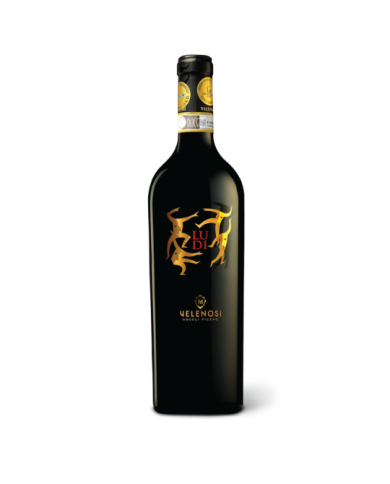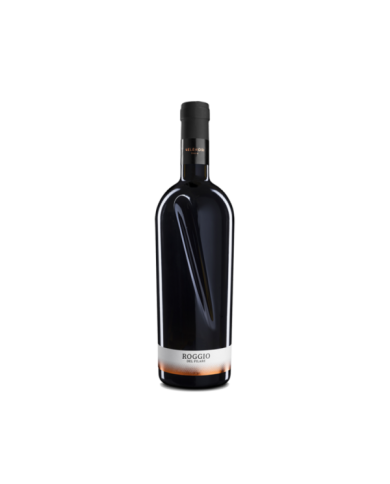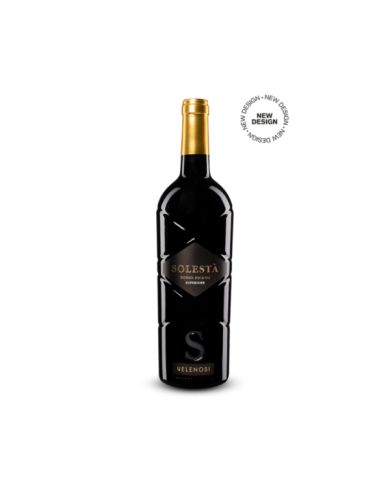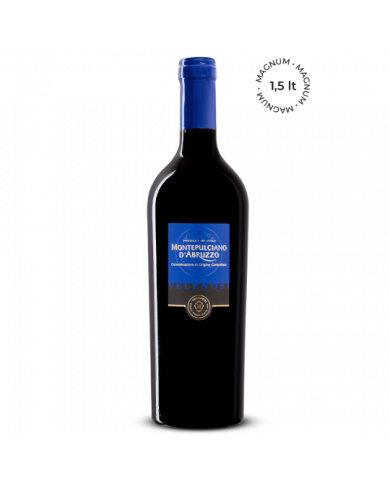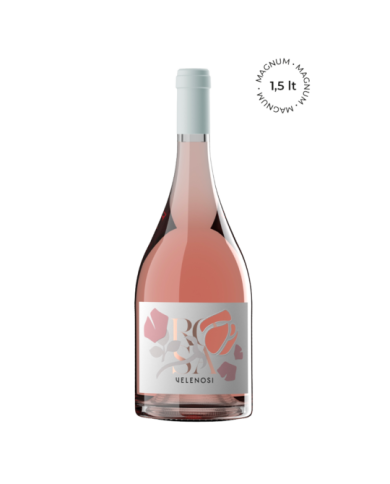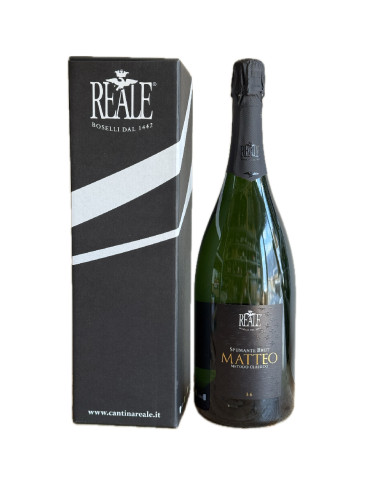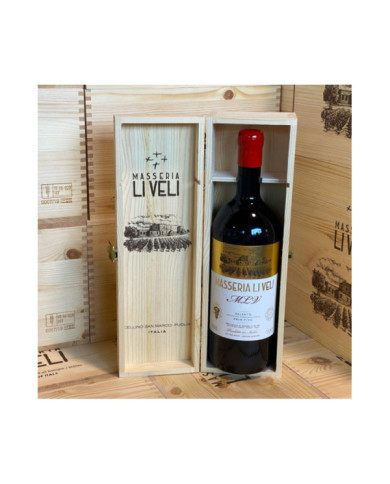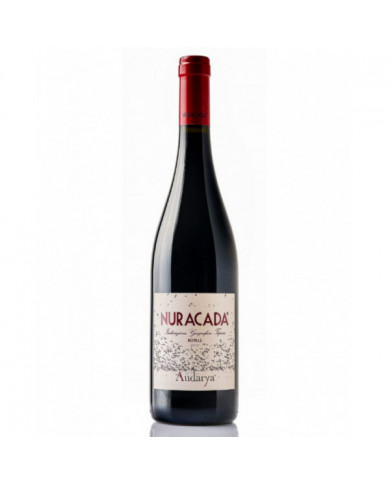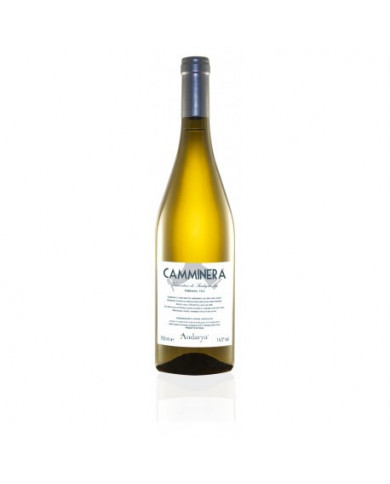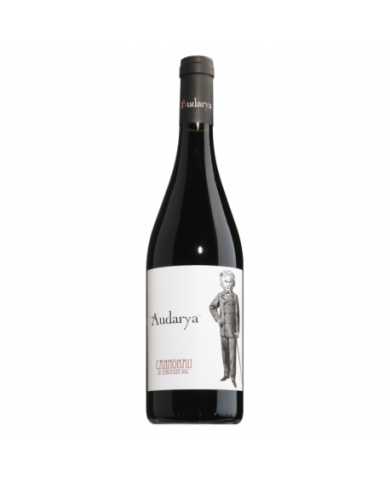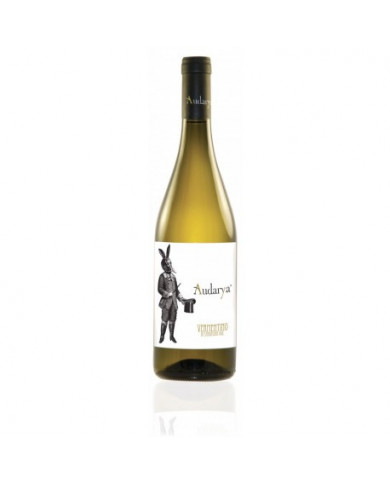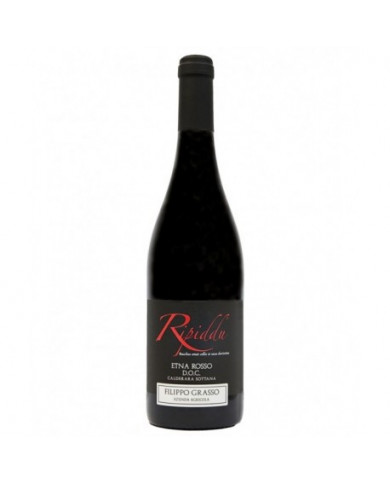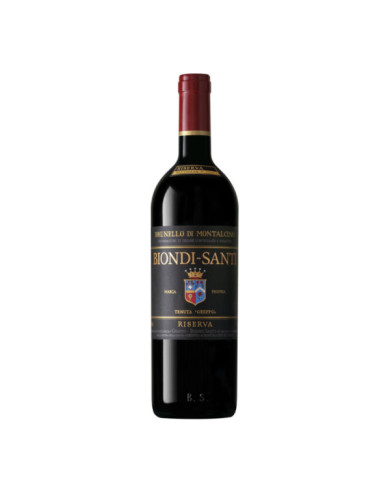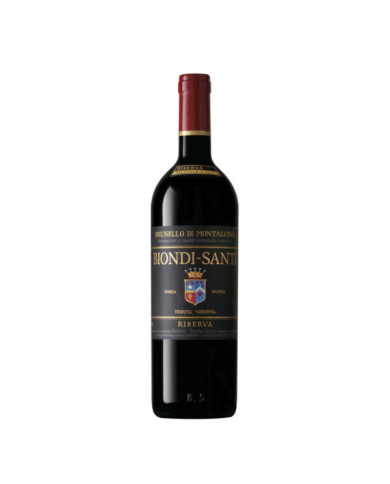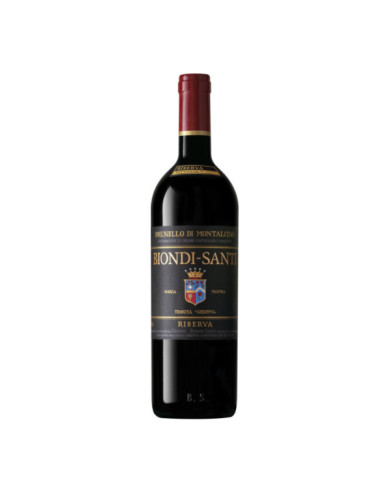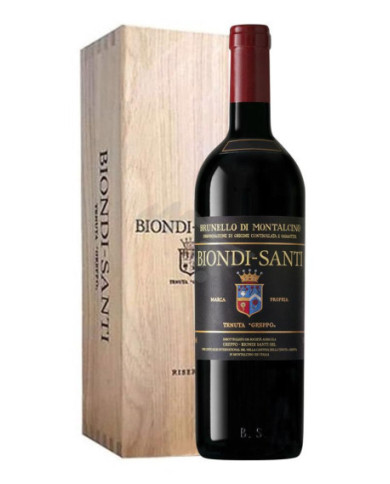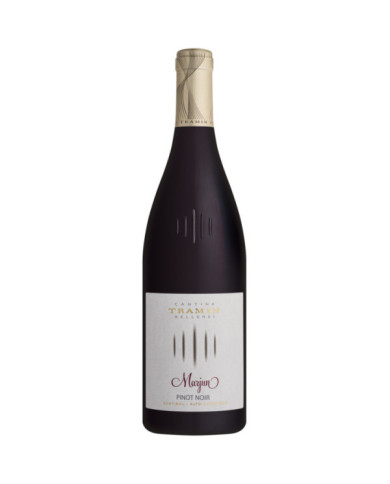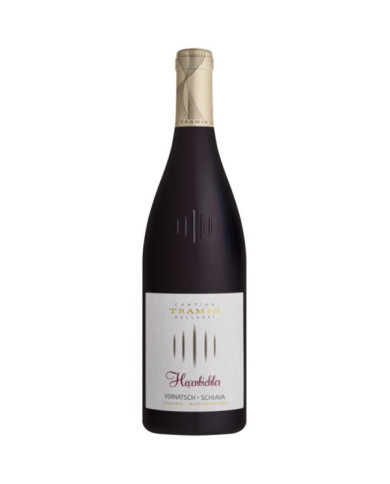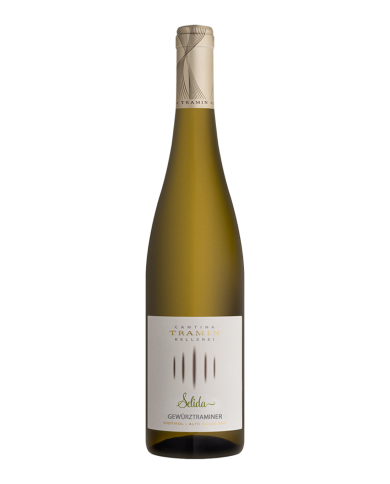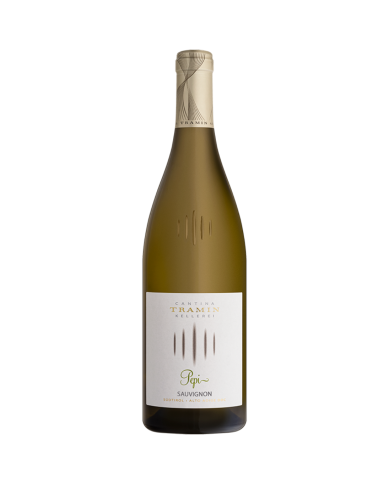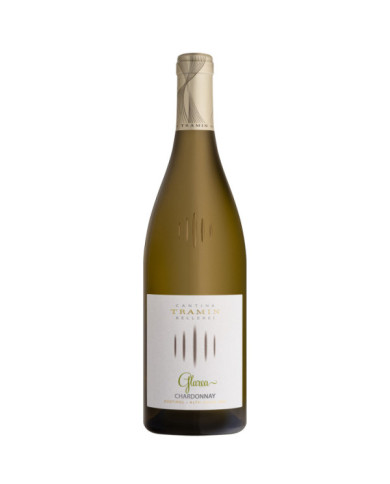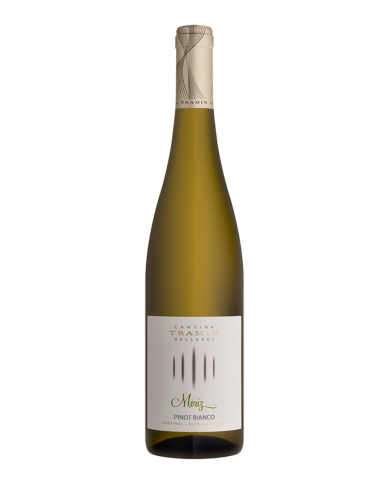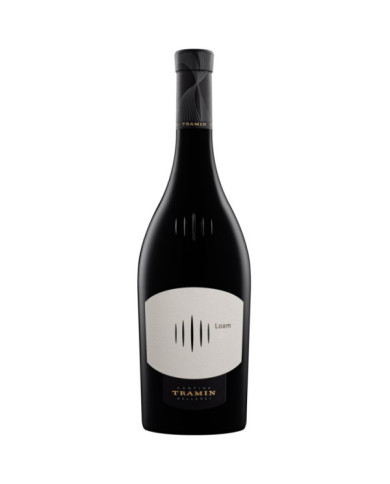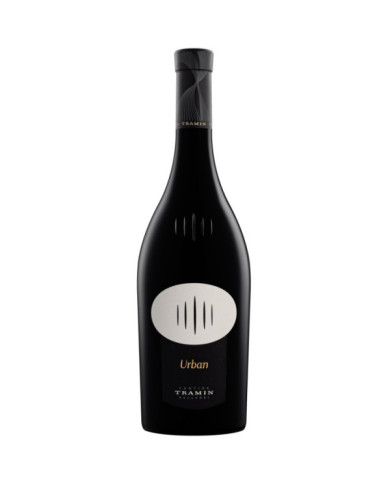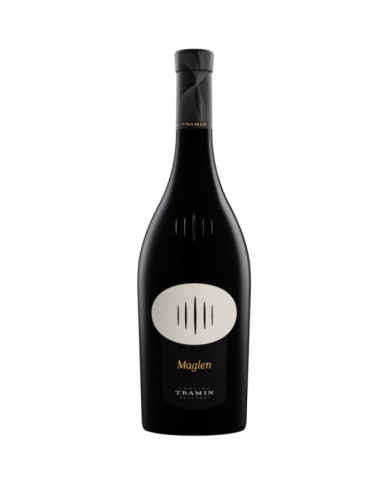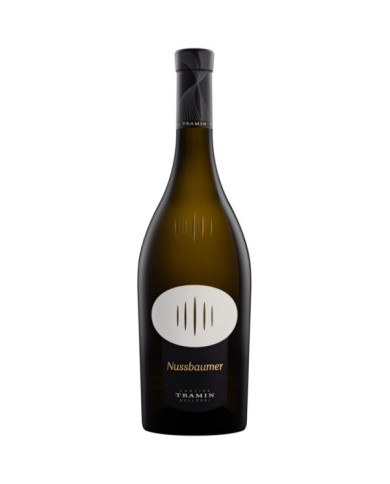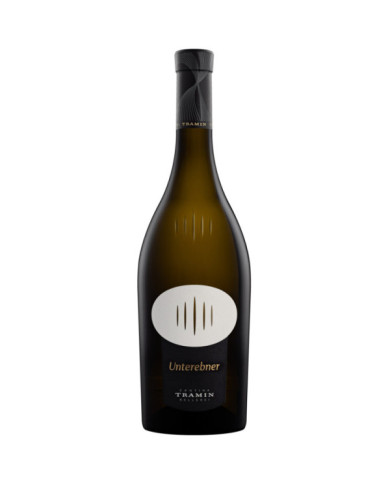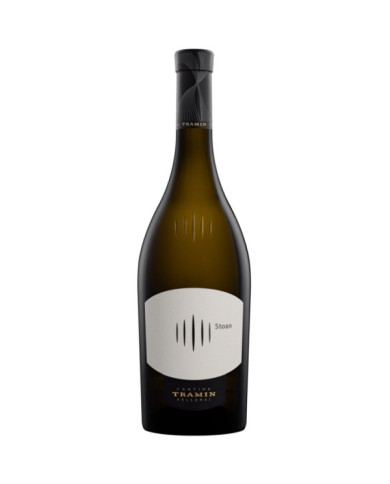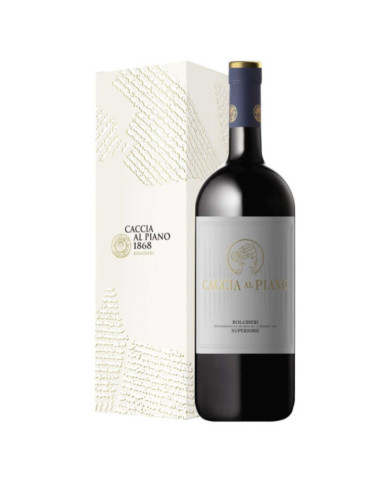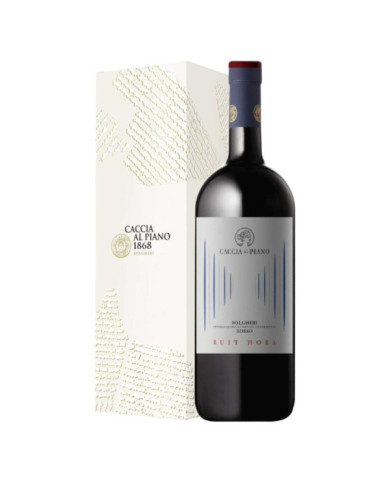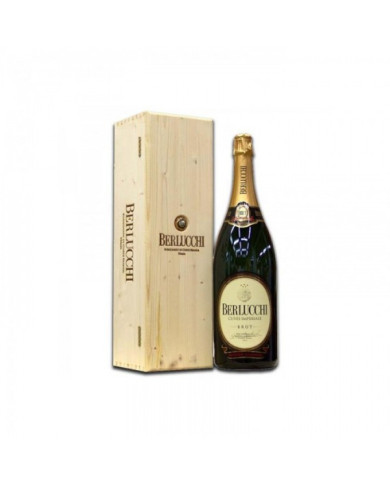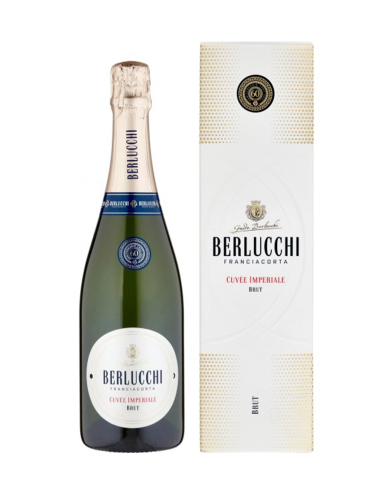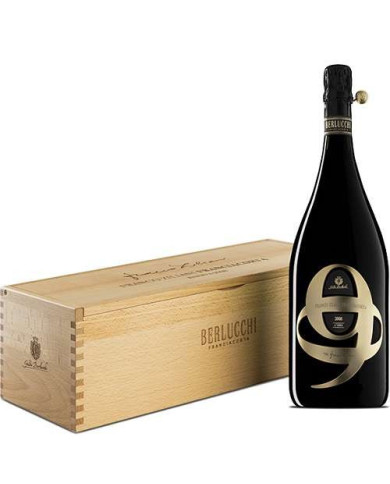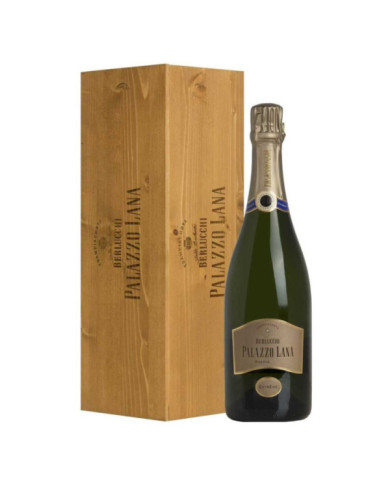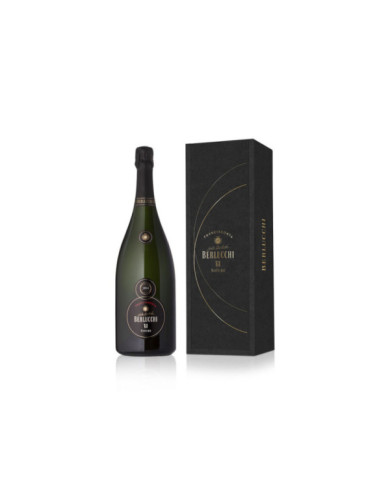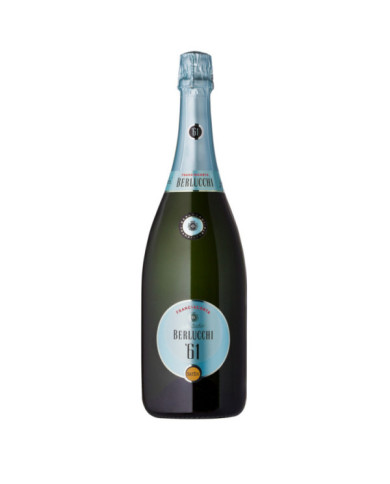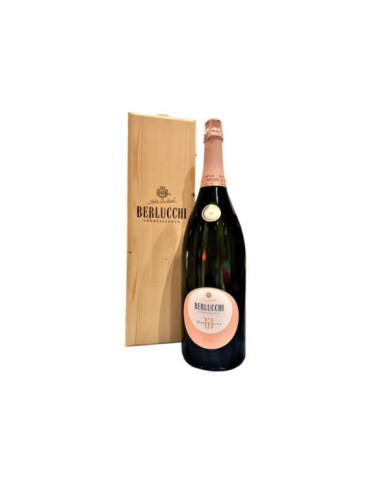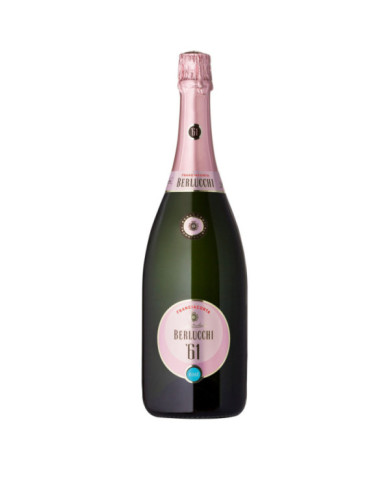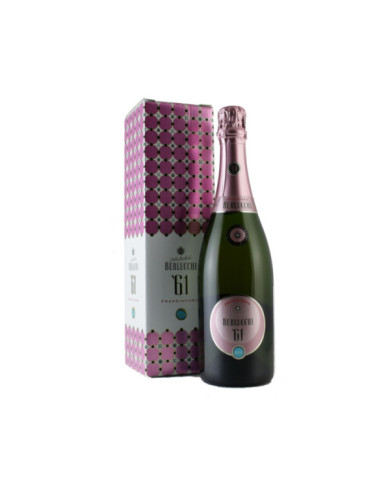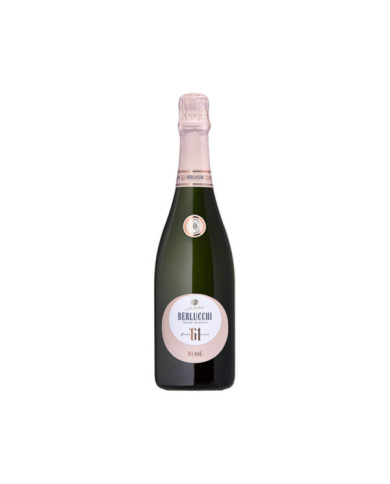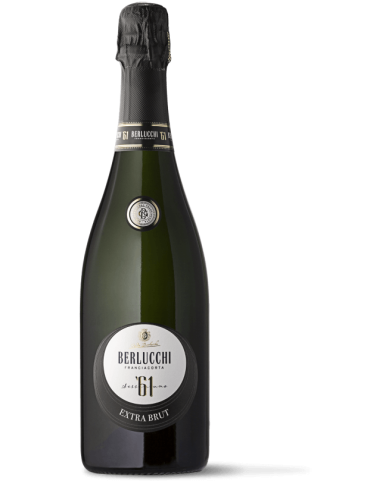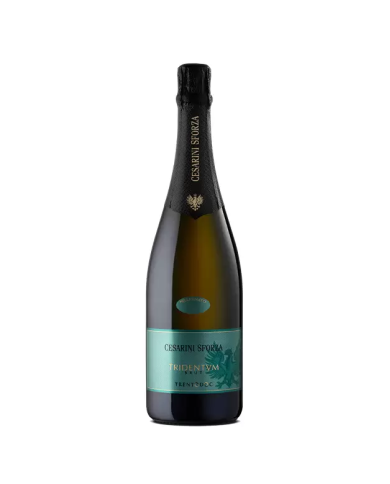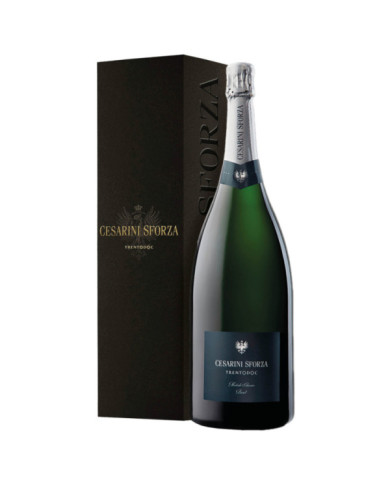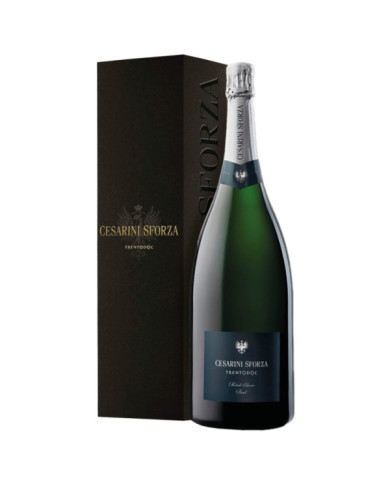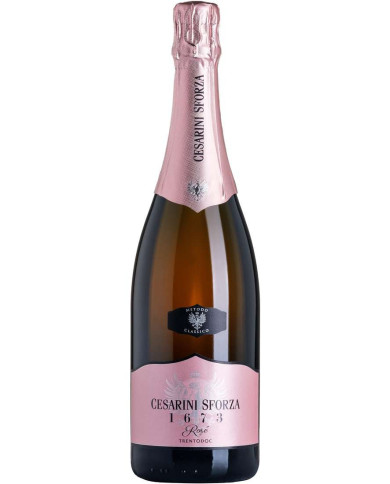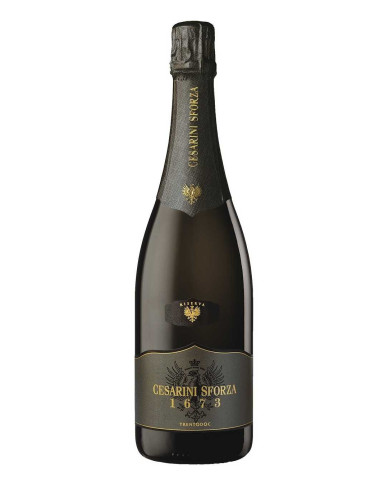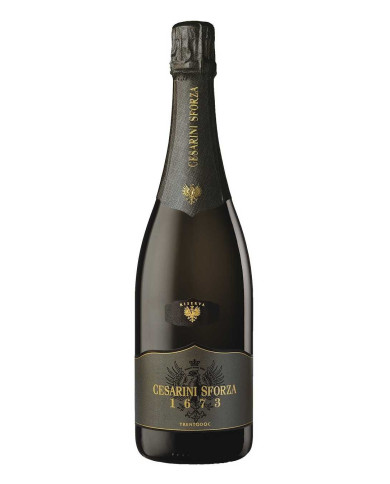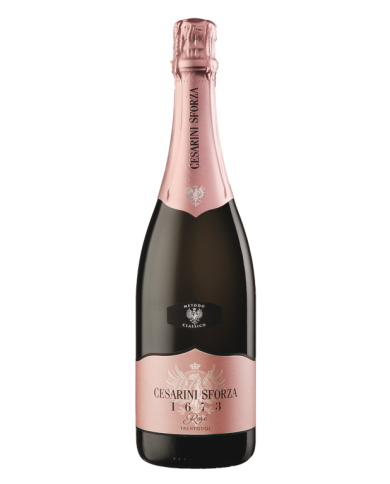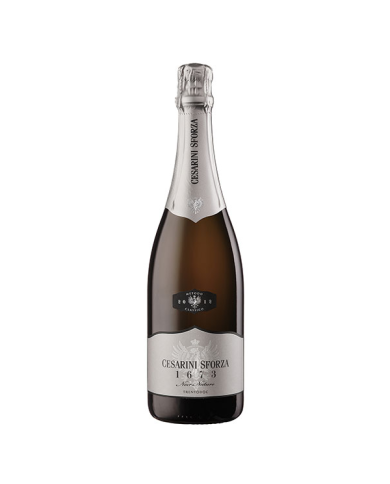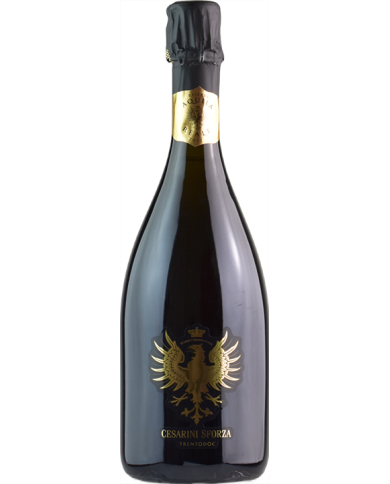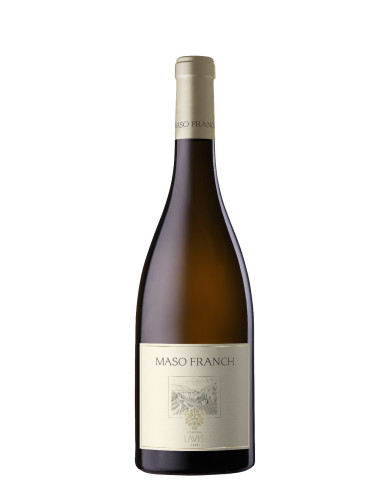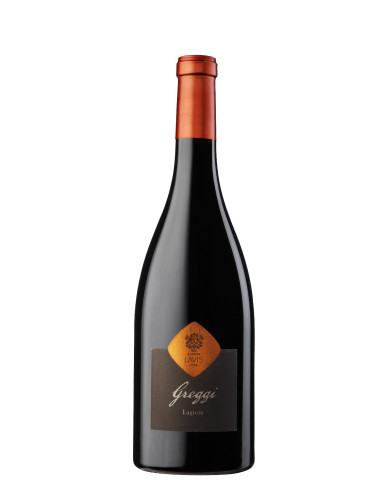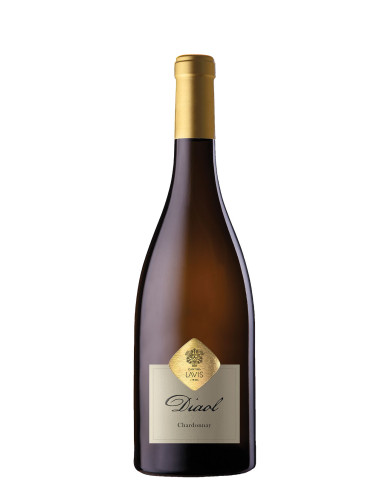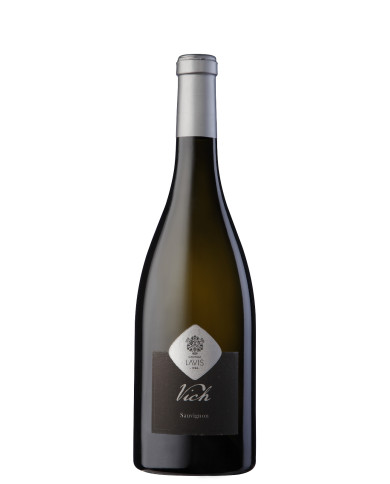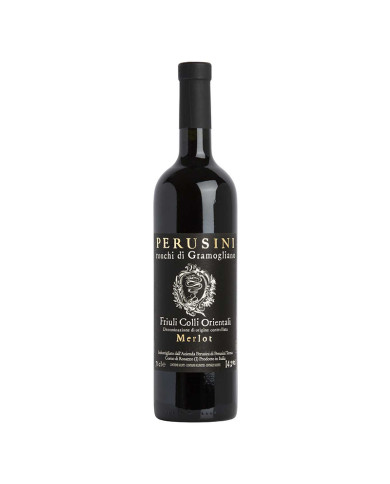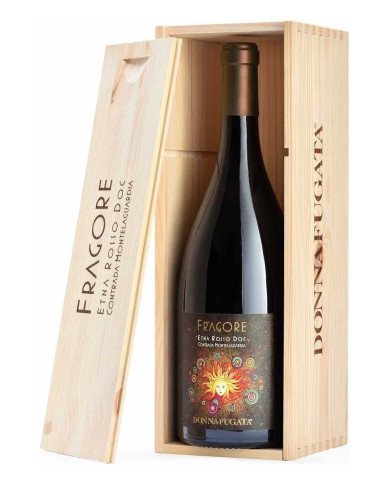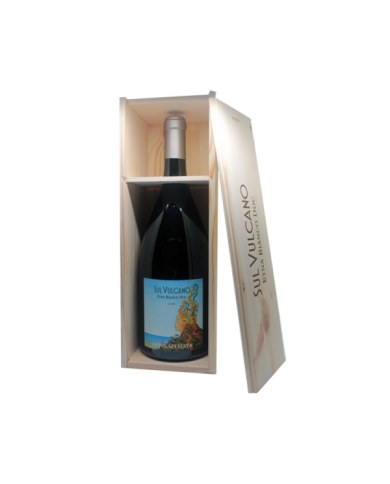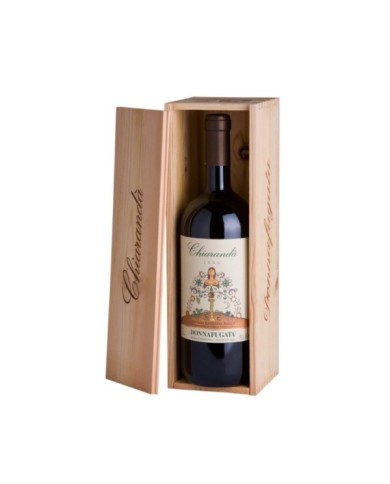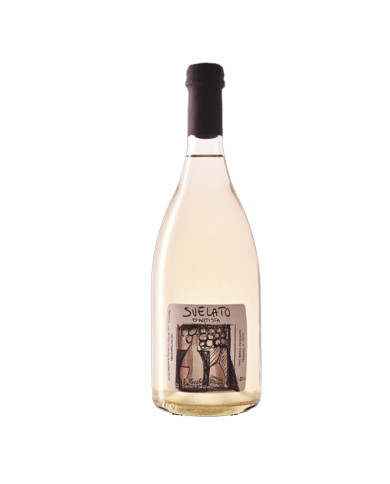Ruby red, intense notes of plum, cherry and raspberry are perceived on the nose, combined with notes of undergrowth and spices. Its roundness and thickness stand out on the palate. A wine of great pleasure and depth, characterized by an exuberant fruit aftertaste. For the whole meal, it goes well with rich first courses typical of Tuscan cuisine. Try it with a pasta with sausages.
The Chianti Classico Riserva "Villa Antinori " is a bursting expression of Tuscany and is aged for 24 months in wooden barrels. Complex, intense and rich on the nose. Elegant, full-bodied and structured on the palate. Here proposed in an elegant wooden box, ideal for a gift!
Le Difese is a full-bodied red wine with a Bordeaux style but with a Tuscan soul: a combination of Cabernet Sauvignon and Sangiovese, aged in barrique for 12 months. It is soft, round, elegant and velvety, animated by a balanced freshness and hints of cherries, chocolate, aromatic herbs and sweet spices
Guidalberto is an elegant and intense red wine, born from the desire to produce a younger wine than Sassicaia, also using Merlot grapes. After 15 months of aging in barrique it is expressed in a bouquet of berries, coffee, spices and Mediterranean scrub. On the palate it is fruity, full, solid and persistent.
Rosa quarzo brillante. Intenso, il primo impatto ├© floreale con sentori di rosa e viola, con note di piccoli frutti rossi. Buona la struttura tipica del vitigno di origine, spicca di piacevole freschezza e intensa mineralit├Ā.
It is an excellent wine obtained from the early harvest of Chardonnay and Pinot Nero grapes.
At the end of the natural fermentation in the bottle (36 months) we obtain an elegant wine with a fine perlage, a yellow color with golden reflections, a delicate, characteristic, fruity aroma, a savory, soft, full flavor.
Recommended with: capuns├©i, risotto, pumpkin tortelli, fish and shellfish, white meats and semi-aged cheeses.
It has a taste of history and centuries, a scent of the peoples who have passed here, with notes of passion, will and respect. - Nuracada IGT Bovale Audarya.
Vermentino di Sardegna Camminera Audarya: ŌĆ£Sa CammineraŌĆØ is the walkway that runs along the vineyards. For some, certainly for us, it is the gateway to a magical world. Our Vermentino di Sardegna is also called Camminera, obtained from selected grapes from our best vineyards, selected for the characteristics and exposure of the soil.
The Cannonau di Sardegna Audarya is a strong and elegant DOC wine, obtained with only Cannonau grapes from the vineyards of Ussana, in the Cagliari area.
Vermentino di Sardegna Audarya is like reverse magic, in which it is the rabbit who pulls the magician out of the hat and not vice versa
Etna Rosso Ripiddu Filippo Grasso is produced from Nerello Mascalese and Nerello Mantellato grapes on the Etna volcanic soil and precisely on the North Slope of Etna, in the Randazzo area, in Contrada Calderara.
Biondi Santi's Brunello di Montalcino Riserva is a wine of extraordinary importance and complexity, produced only in memorable years and aged for at least 36 months in large barrels. It stands out on the world wine scene for its depth, breadth and elegance
Biondi Santi's Brunello di Montalcino represents an icon of winemaking tradition. Coming from the vineyards of the historic family estate from the age of 15 to 30 years. It matures for 36 months strictly in large Slavonian oak barrels. A red wine of immense finesse and balance, and incredible longevity: from 20 to 40 years. Optimal.
The term Selida originates in the local language of the past and its meaning is what today is defined as "small farm" or small agricultural reality. This name is a tribute to the thousand-year-old culture of small agricultural owners which, even today, represents one of the strengths of Cantina Tramin.
For those looking for a great classic, here is a wine recommended both as an aperitif and throughout the meal. He knows how to enhance, without ever overpowering them, the flavors of dishes, whether they are based on rice and pasta rather than white meats or fresh and medium-aged cheeses. It goes excellently with some typical dishes of Franciacorta, from casoncelli (stuffed ravioli) to lake fish (perch and char).
The Chardonnay grapes intended for the production of this refined Trentodoc are grown in the suitable vineyard hills overlooking the Trentino capital. The Classic Method applied on this precious base forges a harmonious, elegant and complex sparkling wine, with an unmistakable style. Cesarini Sforza Brut is vinified in steel and, after the draft, maturation begins on the yeasts for 24 months.
The Merlot Black Label DOC is a Friulian red wine, produced by the Perusini Agricultural Company, located in Corno di Rosazzo in the province of Udine, on the Eastern Friulian hills, it is the symbolic wine of this winery which at its first release obtained the three glasses on the Gambero Rosso guide. The grape that gives rise to this wine is 100% Merlot, obtained with an ancient clone of this vine. The vinification takes place in steel with selected yeasts, followed by 12 months of aging in French oak barriques.
The Merlot Black Label DOC is a Friulian red wine, produced by the Perusini Agricultural Company, located in Corno di Rosazzo in the province of Udine, on the Eastern Friulian hills, it is the symbolic wine of this winery which at its first release obtained the three glasses on the Gambero Rosso guide. The grape that gives rise to this wine is 100% Merlot, obtained with an ancient clone of this vine. The vinification takes place in steel with selected yeasts, followed by 12 months of aging in French oak barriques.
Ruby. The nose is expressed with hints of small red fruits, notes of undergrowth, spicy tones of cinnamon and black pepper and balsamic hints. On the palate it boasts a good structure, the tannins are well integrated and the persistence is excellent. Excellent in combination with risotto, red meats and game, it is also to be tried with legume soups.
Elegant and bright ruby red color to the eye. The nose is broad and deep, with floral notes of violets and fruity references to currant that lead the way, then complemented by complex hints of flint, sweet tobacco and nutmeg. The taste is as refined and complex as the nose, distinctly mineral and important (but refined) in the tannic texture. Remarkable persistence. You will find it excellent together with the Peking duck, but also in combination with turkey in mushroom sauce there is really not bad.
The palace illustrated on the label is the one where Queen Maria Carolina took refuge on the run from Naples and was the favorite home of the writer Tomasi di Lampedusa in Santa Margherita Belice. Gabriella Anca Rallo captures the image of it and embeds it in a "Thousand and One Nights" sky full of stars and full of promise. First vintage: 1995. The grapes, harvested in September, are vinified in steel, with maceration on the skins for about 12 days, at a temperature of 26-30 ┬░ C. After malolactic fermentation, the wine passes mainly in French oak barriques for 14-16 months, and then refines in the bottle for at least 24 months. The Mille e una Notte is characterized by a ruby red color. The nose offers an enveloping bouquet in which notes of tobacco and cocoa stand out. On the palate the olfactory scents are repeated, on a fruity background of black mulberries and cherries. The wine is also full and complex, with elegant tannins. Perfect to accompany red meats, pork and lamb, it is ideal in combination with fish-based dishes.
Straw yellow, the nose expresses a beautiful olfactory profile composed of notes of yellow pulp fruit, peach and apricot, vanilla and butter. In the mouth it is round, enveloping, structured and well balanced thanks to a good acid component. It closes with a nice finish, of excellent persistence.
For the whole meal, the "Chiarand├Ā" is a white wine that goes well with typical Sicilian dishes such as pasta alla Norma, flans of
Brilliant straw yellow, the nose opens on notes of yellow pulp fruit with gentle citrus hints, to which are added notes of acacia deriving from the refinement in the bottle. In the mouth it is persistent and fragrant, with a very pleasant mineral vein. Eclectic in its combinations, Donnafugata 's ŌĆ£Vigna di GabriŌĆØ goes well with seafood first courses. Baked and grilled fish, white meat with sauce, flans and souffl├®. Ideal with cod with tomato sauce, vegetables, roasted porcini mushrooms.
Season was very regular, good rainfall until May, temperatures not very high; quite normal vintage
Large format wines are a popular choice for special occasions and for wine collectors. They come in different sizes and offer a variety of benefits over standard bottles. In this article, we'll explore everything there is to know about large format wines, from the benefits to storage and purchase.
The advantages of large format wines
Large format wines offer numerous advantages compared to standard bottles. Firstly, most wines in large formats age better than in standard bottles. This is because the amount of oxygen entering the bottle is less than in standard bottles. Additionally, the greater quantity of wine in a single container means that temperature fluctuations are less significant, reducing the risk of damage to the wine.
Secondly, large format wines are an ideal choice for special occasions. A large bottle quickly becomes the center of attention and makes an impression on guests. Also, one large bottle is much easier to handle than many smaller bottles. For example, if you're hosting a dinner party for a large group, you can use a few large bottles to make serving easier.
Dimensions of large format wines
Large format wines are available in different sizes, each with a specific name:
Magnum : 1.5 litres, equal to two standard bottles
Jeroboam : 3 litres, equal to four standard bottles
Rehoboam : 4.5 litres, equal to six standard bottles
Methuselah : 6 litres, equal to eight standard bottles
Salmanazar : 9 litres, equal to twelve standard bottles
Balthazar : 12 litres, equal to sixteen standard bottles
Nebuchadnezzar : 15 litres, equal to twenty standard bottles
Conservation of large format wines
The conservation of large format wines is an important aspect to consider. Because these bottles are larger than standard bottles, storing them can be trickier. Most wineries don't have shelves or spaces suitable for large bottles, so you need to plan ahead.
Also, large bottles may take longer to adjust to the ambient temperature in which they are stored. To avoid sudden changes in temperature, it is important to store large bottles in a cool, dry place.
Purchase of large format wines
Buying large format wines can be an excellent choice for wine collectors and for special occasions. However, it is important to pay attention to the origin of the bottles. Large bottles can be more susceptible to counterfeiting than standard bottles, so it's important to buy from reputable, reputable sellers.
What are wines in large formats?
Large format wines are bottles of wine that have a higher capacity than the classic 750 ml bottles. There are a number of larger wine bottle sizes including the Magnum (1.5 litres), Double Magnum (3 litres), Jeroboam (4.5 litres), Rehoboam (4.5 litres), Methuselah ( 6 litres), the Salmanazar (9 litres), the Balthazar (12 litres) and the Nebuchodonosor (15 litres).
Why choose wines in large formats?
There are many reasons to choose a bottle of wine in a larger format than the classic 750ml bottles. Firstly, wine in large formats has greater stability than standard bottles, thanks to the greater quantity of wine present in the bottle and the lower quantity of air that comes into contact with the wine.
Secondly, wines in large formats have a slower evolution, which means they can be kept for a longer period without undergoing any alteration. Furthermore, these wines have greater harmony and balance than standard bottles, thanks to the greater contact surface between the wine and the cork.
Finally, wines in large formats are ideal for special occasions, such as weddings, anniversaries, birthdays or corporate events, because they have a greater visual impact and are able to satisfy the palate of a greater number of people.
How to choose a large format wine?
Choosing a large format wine depends on the type of wine and personal needs. In general, the wines best suited to larger formats are those that require a longer aging period, such as structured red wines, complex white wines or sweet dessert wines.
Furthermore, it is important to choose a high quality wine, because the greater quantity of wine present in the bottle also increases the possibility that any defects will appear. It is therefore important to buy wines in large formats from reliable retailers who offer guarantees on the quality of the wine and its conservation.
Finally, it is important to consider the number of people who will participate in the event, in order to choose the right bottle format. For example, a bottle of Magnum (1.5 litres) is enough for around 10 people, while a bottle of Balthazar (12 litres) can cater for up to 100 people.
In conclusion, wines in large formats are an excellent choice for special occasions and for wine collectors, thanks to their greater stability, their ability to evolve more slowly and their ability to satisfy the palate of a greater number of people.



